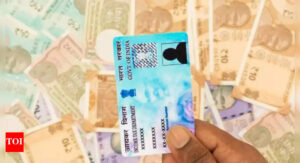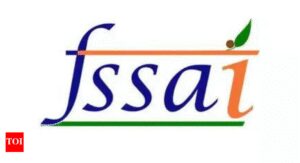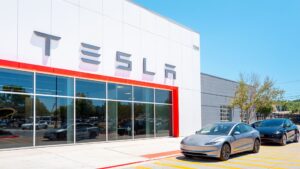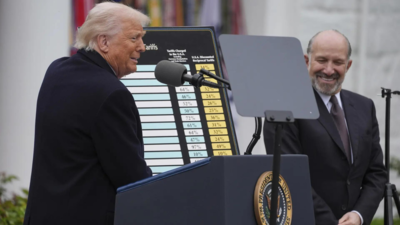
PARIS: They are a study in contrast: One is an electronics goods maker, the other a footwear manufacturer. One has its base in Chennai, the other up North.But, both are focusing on ramping up at breakneck speed, hoping to cash in on overseas players seeking to tap India, not just for its domestic market but also for exports, especially after Trump’s tariffs. The other similarity is scale.Electronics goods supplier Dixon Technologies, which has been busy with tie-ups to manufacture phones, laptops and consumer durables, is seeing a huge uptick in export orders from the US as countries seek to reduce reliance on China. “Indian market is around $40 billion, the US has imports of around $80 billion. In the next few years, we see a $100 billion export opportunity in the US and EU,” said Dixon Technologies chairman Sunil Vachani.
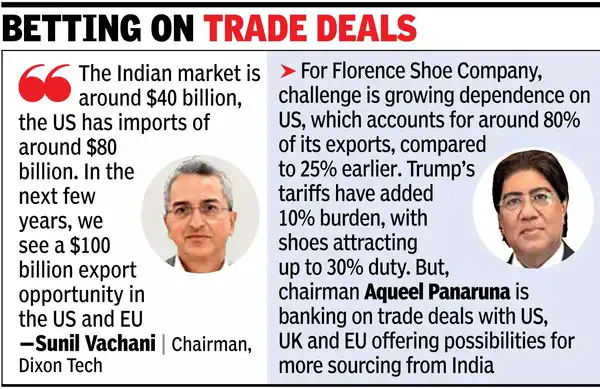
If it is smartphones that have seen a massive surge in production, it will be laptops in the next few years as companies look to first meet the domestic demand before venturing into exports, he said. “We missed the opportunity during Trump 1, when Indian companies were not ready. But now we have built scale, we are designing our own products. We have a foot in the door, and we will be like Vietnam in a few years once the component ecosystem is also developed,” Vachani added.In Chennai, Florence Shoe Company chairman Aqueel Panaruna, whose family was in the leather footwear business, is manufacturing a million pair of sports shoes for one of the top global brands. His company is also a joint venture partner with Hong Fu, the world’s second largest sports shoes maker for the likes of Nike and Adidas, to set up a $300 millon plant that can produce 10 million pairs of shoes.While the new quality control norms on footwear has driven global majors to eye more production in India, the shift began soon after Covid, with who’s who of sports shoes, from Nike, Adidas, Puma and New Balance, tying up with local players to meet global and domestic demand.For Florence, the challenge in recent years has been the growing dependence on the US, which now accounts for around 80% of its exports, compared to 25% a decade ago. Trump’s tariffs have added a 10% additional burden, with shoes now attracting up to 30% customs duty. But Panaruna is not worried. He is in fact banking on the trade deals with the US, UK and EU offering possibilities for more sourcing from India. “If the Hong Fu experience is good, we may see some of the factories shift from Vietnam to India,” he said. “With displays and camera modules to be produced in India, value addition in mobiles could rise from 17-18% to around 40% in the next two-three years, nearing China’s level of 50-55%,” Vachani said.












